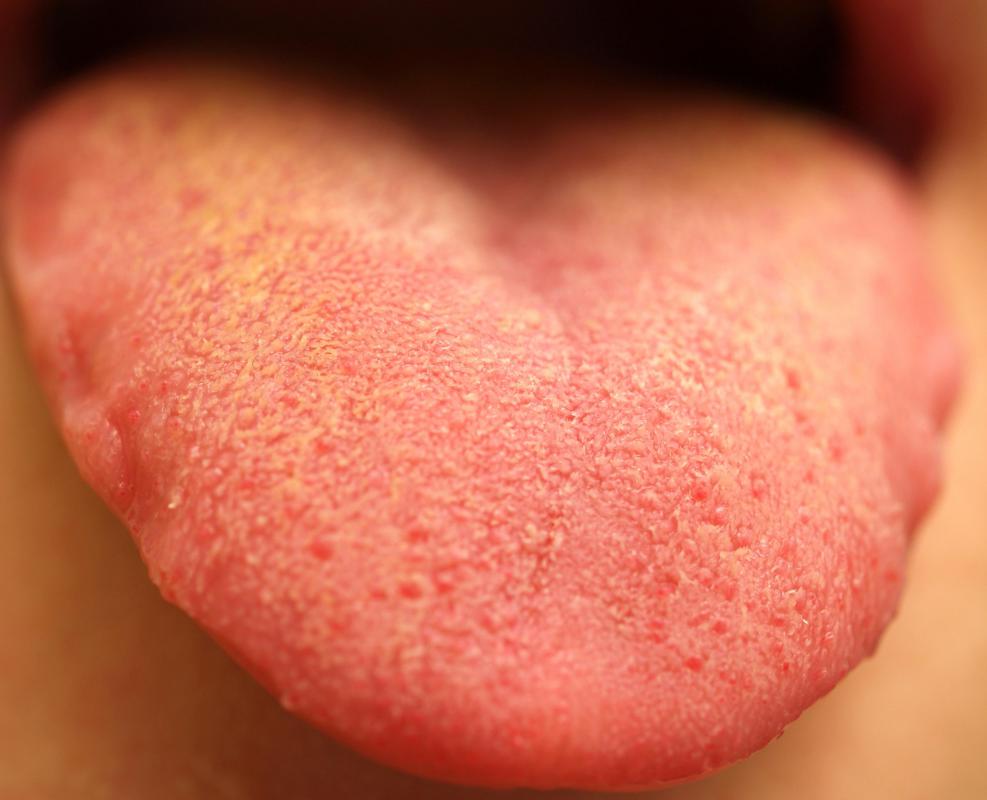At WiseGEEK, we're committed to delivering accurate, trustworthy information. Our expert-authored content is rigorously fact-checked and sourced from credible authorities. Discover how we uphold the highest standards in providing you with reliable knowledge.
What Is Mastication?
Mastication is the act of chewing or grinding of food in the mouth. In most animals, including humans, the ultimate goal is to convert foodstuffs into a soft, warm mush called a bolus, which can be easily swallowed. It is the first step in digestion in mammals, which breaks down food into simple carbohydrates that can be converted into energy or stored for later use. Mastication is a somewhat complex activity, at least from a physiological perspective, as it requires that the jaw muscles, tongue, and teeth work together to push food around the mouth in a rhythmic motion. The action increases the surface area of food, which enables the digestive enzymes in saliva to work efficiently to kill bacteria and begin digestion. Proper chewing not only fully exploits the nutritious value of food, but it usually also helps the mouth and teeth stay clean.
Muscles and Bones Involved

Chewing is done exclusively in the mouth, and usually requires first and foremost a controlled hinging and flexing of the lower jaw bone. The muscles surrounding the jaw move it up and down as well as side to side. Depending on the thickness and density of the food being hewed, the jaw sometimes has to extend very wide, whereas in other instances it only needs to rotate and hinge in a small, almost unnoticeable, way. The teeth are also crucial when it comes to grinding and pulverizing various materials.

The tongue also has an important role. It helps push food around inside the mouth and can sweep it out from crevices made by the teeth and gums, all the while staying out of the way of the jaw muscles. The tongue also helps soften food to enable more efficient chewing, and assists in moving food down the throat during the swallowing process, too, which continues digestion.
Role in Eating and Nutrition

The word mastication is derived from the Latin masticāre, which translates as "to chew." Researchers generally believe that the ability to masticate evolved so that mammals could take advantage of a wider variety of foods. Some animals, particularly snakes, swallow food whole. While mammals and humans can often do this, it isn’t usually the best way for them to get all the nutrition a particular food has to offer. Chewing first allows the food to break down into its most essential components, which usually makes them easier to absorb and easier for the body to convert to useful energy. Carnivores have jaws and teeth that enable them to tear meat and swallow with little chewing, but chewing is still usually recommended for ideal nutrition. Herbivores, such as cud-chewing cows, almost continuously move their high-fiber diets around in their mouths, slowly leaching out nutrients.
Dietary Benefits

Generally, chewing food is a factor in the body’s ability to feel satisfied after a meal. When done properly and thoroughly, it enables the tongue to taste sweet, sour, salty, and bitter foods, one step toward feeling sated. Slow chewing draws more nutrients from food and signals the rest of the digestive system to start juices flowing to digest the meal that is en route.
Dietitians and health experts usually recommend that diners chew each bite at least 35 times before swallowing. The fork should be rested and a sip of water taken between bites, which gives the brain a chance to feel full.
Neurological Connections
Like most bodily functions, chewing is controlled by the brain stem, normally in response from nerve signals indicating that food is entering the mouth. Though it becomes second nature and happens almost automatically in most developed animals, it is a learned skill for most mammals. Human infants must develop jaw muscles before they can begin to chew soft food at about three months old, for instance. Mammals typically develop these muscles in part through the suckling required to get milk from their mothers in first days and weeks. As their muscles develop and their teeth begin to emerge, they’ll usually begin chewing almost immediately when their mouths come into contact with food.
At least with humans, though, choking can be a big concern until young children learn to chew thoroughly before attempting to swallow. In the animal kingdom, the young are normally either biting off their own food or else having it chewed by a mother or other care provider first, so choking isn’t as big of a problem since the portions and bite sizes are necessarily small. When parents provide food to infants, though, it can be easy to overestimate the child’s abilities and present foods that aren’t soft enough or that can block the windpipe if accidentally swallowed whole.
AS FEATURED ON:
AS FEATURED ON:














Discuss this Article
Post your comments